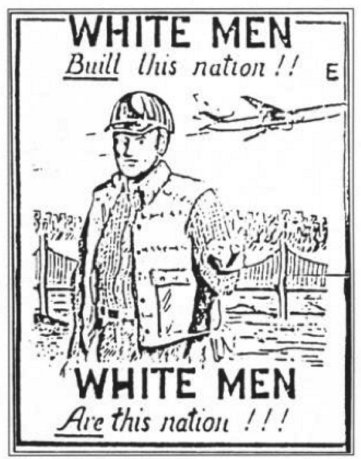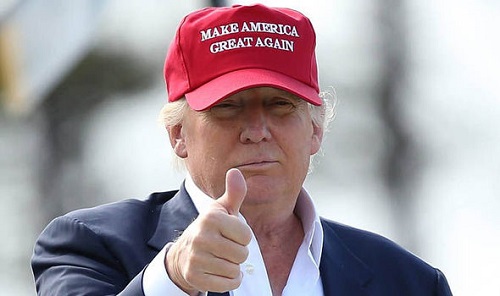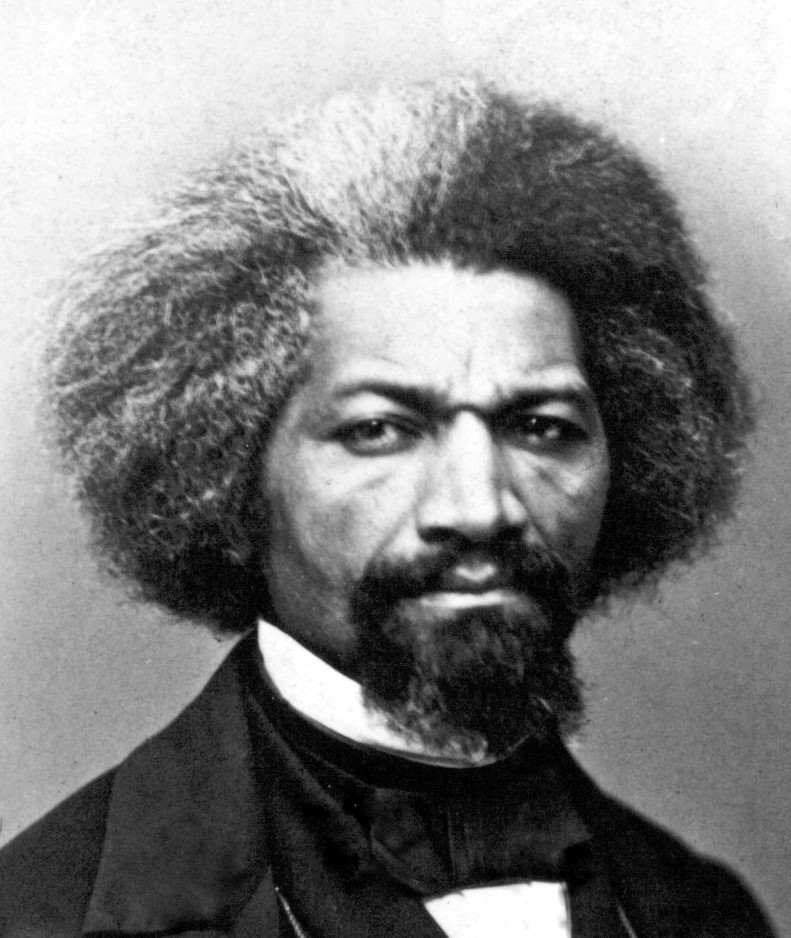To understand the 2016 presidential election and its potential consequences it helps to look at it through the lens of what Jeremy Gordon referred to in a recent NYT’s article as our “post-truth culture.” Gordon made the point that the popularity and addiction of professional wrestling, “reality tv,” and other forms of inauthentic entertainment—where “the blurry line between truth and untruth” only increases the appeal to audiences—have seeped into presidential politics as well. Gordon states,
For a while, it became trendy to insist that the 2016 presidential election, with all its puffed chests and talk of penis size, seemed more like a wrestling pay-per-view event than a dignified clash of political minds. In politics, as in wrestling, the ultimate goal is simply to get the crowd on your side.
Getting the crowd on “your side” leads to electoral victory. And Trump is a master at getting the crowd on his side. Despite switching political parties at least five times and being married three times, voters on the far right are most definitely on Trump’s side viewing him as a family man of conservative values. For example, in a National Public Radio report by Kirk Siegler, conservative Mormon Janalee Tobias said of Trump,
Donald Trump wants to make America great again. Think about what made America great in the beginning: There were laws and people came here legally and didn’t have their hand out.
Siegler wraps up the story by stating that Tobias believes Trump is a good family man who abstains from alcohol, two important pillars in the Mormon religion. Never mind that Trump marketed a brand of Vodka in 2006 under the slogan “Success Distilled.”
“Post-truth” may be the modus operandī of the Trump campaign, but it is nothing new when it comes to US politics and policy as one of Stephen Colbert’s best skits on Comedy Central on “truthiness” demonstrated a decade ago when he told us he would dismiss the facts and instead go with his guts when delivering the “news” for the nation. Colbert included the war in Iraq and how it just felt right that Saddam Hussein was gone as example of truthiness. However, scholars of Latin America have known that the “blurry line between truth and untruth” and truthiness have been a dominant part of U.S. foreign policy since the Cold War. The CIA’s overthrowing of the democratically elected President Árbenz in Guatemala is just one example.
Post-truth politics have domestic policy consequences as well, especially when it comes to lies about our racial past and current racial inequality. As Joe Feagin argues in his book White Party, White Government,
In these myth-filled narratives, the Protestant “settlers” came to North American with modest resources and dreams of liberty, and drew on religious faith, virtuousness, and hard work to create prosperity in a land allegedly populated by some thinly scattered “savage” Indians.
Most of us have also heard the narrative that the U.S. is a land of opportunity where can achieve the American Dream if they just work hard enough; however, empirical measures of racial inequality including a racial wealth gap, disparate levels of educational attainment, segregation, and the most prominent example, law enforcement abuses should dispel this belief. Yet it doesn’t. Why? Because we also live with what Feagin calls the white racial frame, which consists of a broad racial framing of society that includes racial stereotypes, narratives, images, emotions, and discriminatory actions. Feagin states,
The dominant frame has persisted now over centuries only because it is constantly validating, and thus validated by, the inegalitarian accumulation of social, economic, and political resources.
This theory helps to explains why there are still vast differences today among whites and people of color while at the same time a strong-held belief that the U.S. is a land of opportunity, freedom, and equality for all. Therefore, this presidential election is showing us the product of the intersection of a culture steeped in “truthiness” and the white racial frame. We should not be surprised to simultaneously have the most diverse electorate in the history of this nation—with people of color comprising 31% of the electorate—and also to have the Republican presidential campaign entrenched in white supremacy narratives and traditions.
This explains how Mormons such as Tobias can believe Trump doesn’t drink, or why the middle class voters believe that Trump understands them. A white respondent in the Atlantic who was asked why he supports Trump thus stated:
Speaking from the right, I believe that Trump embodies the frustration and rage of the white middle class. This is his main support base and is an evershrinking group that no longer feels they have a voice. Politicians pay lip service to the middle class but spend no time helping them. Black lives matter more and illegal immigrants who break the law get a free pass. Evangelical Christians in this country no longer feel that they have the right to religious freedom and have watched what they perceive as a sacred institution in marriage gutted. All the while, politicians they voted for to represent them just plain don’t. Now enter Trump.
People of color have a different view of things. Our reality is that America is a society where, as a mother of an eleven year-old bi-racial son, I will not allow him to wear a hoodie out in public. He is too tall and strong looking, his hair is too long, and his features are too dark to be safe if he does. And when he turns sixteen I will not only teach him the rules of the road, but also the rules of engagement with the police before I let him drive.
The truth is the U.S.’s racial demographics are changing, and this scares the “evershrinking group” of whites because self-serving political candidates like Trump are telling them they should be scared with nativist policy proposals such as banning all Muslims from entering the U.S. As Jacobson points out, these types of fear tactics led to the internment of the Japanese Americans during World War II, and are now being recalled as the correct thing to do by many. The consequence of our post-truth politics and the white racial frame may be a disruption to normal political cycles the likes of which we have not seen before. And this should scare us all.






 There is a new biography out about
There is a new biography out about 

